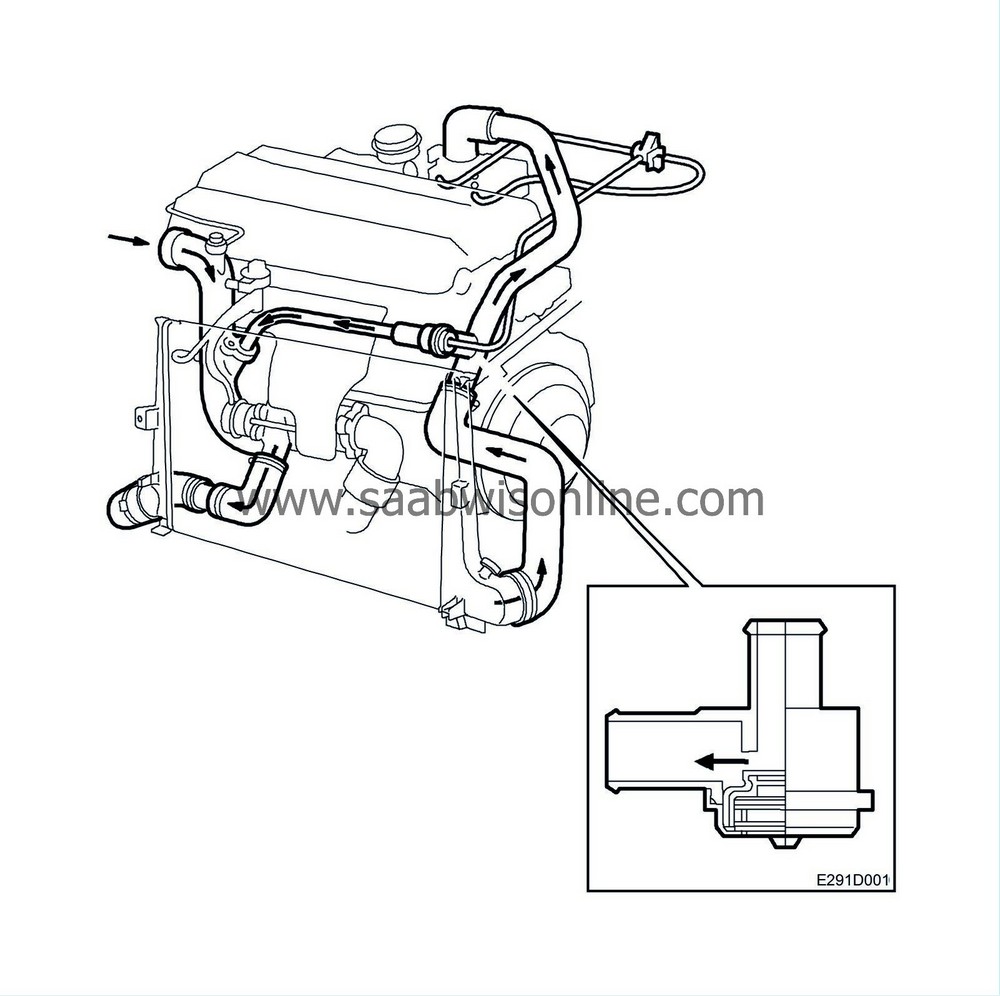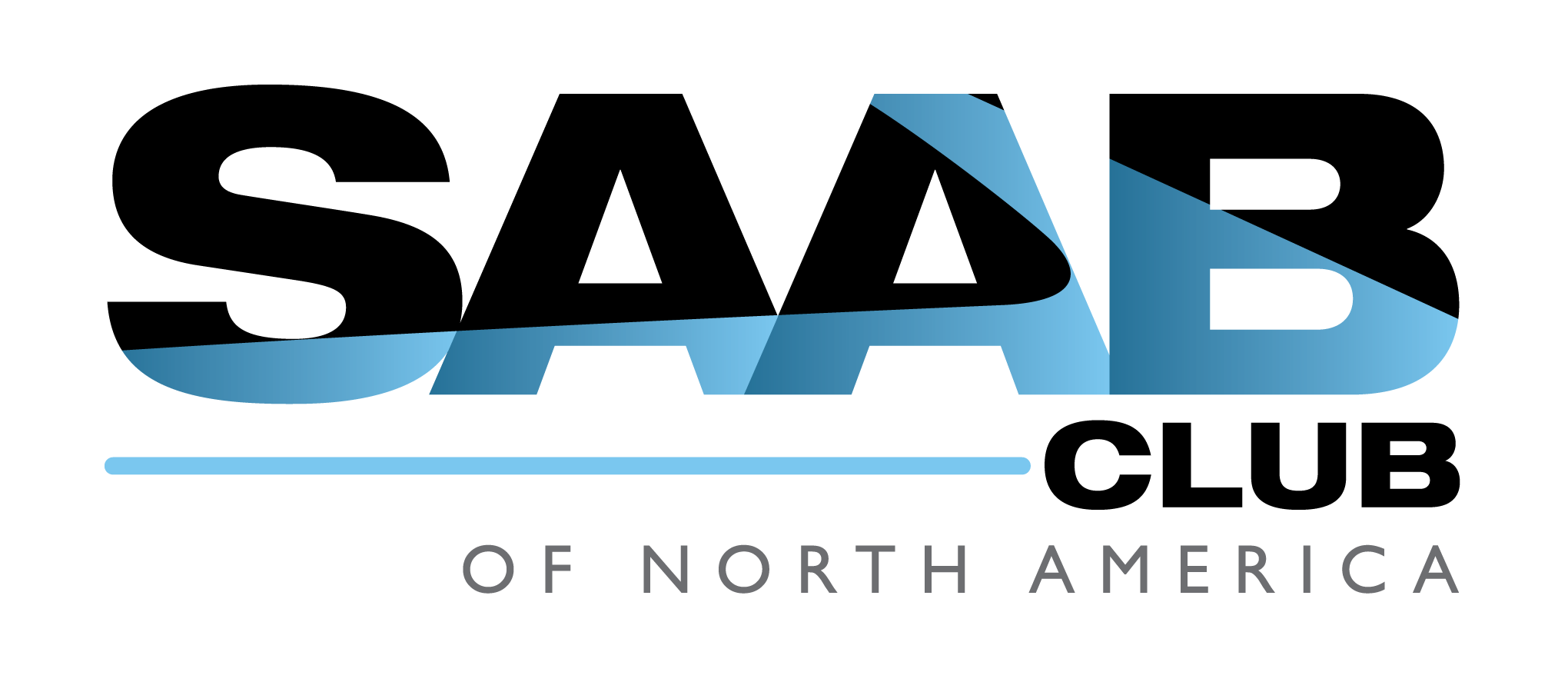Bypass control valve, 4-cyl.
| Bypass control valve, 4-cyl. |
| Accelerator depressed |
When the turbocharger is working, pressure builds up in the turbocharger pressure pipe, throttle body and intake manifold. As long as the throttle butterfly is open, there is pressure on both sides of the bypass control valve diaphragm which is held closed partly by the force of the integral spring and partly by the pressure in the intake manifold.
| When the accelerator is released |

When the throttle butterfly closes, a vacuum is quickly created in the intake manifold due to combustion while the pressure before the throttle butterfly remains the same.
To avoid pressure surging in the inlet manifold, which will cause jerking, the excess pressure before the throttle butterfly valve must be released when the butterfly reopens. The signal duct of the bypass valve, which is connected to the outlet before the butterfly when driving normally, is connected instead to the outlet after the butterfly by a solenoid valve controlled by Trionic. For further information about the solenoid valve see Group 2 “Engine control system, Trionic 4-cyl.”, Technical description, Solenoid valve bypass
 .
.
Because of the vacuum in the intake manifold, a vacuum is also created on the spring side in the bypass control valve. The vacuum causes the valve to open and the pressure from the pressure pipe and throttle body escapes into the intake hose.
This connection is active until the pressure before the throttle butterfly has stabilized again. The connection between the signal line and the outlet before the throttle butterfly is then restored.



